The most humane way to kill a lobster
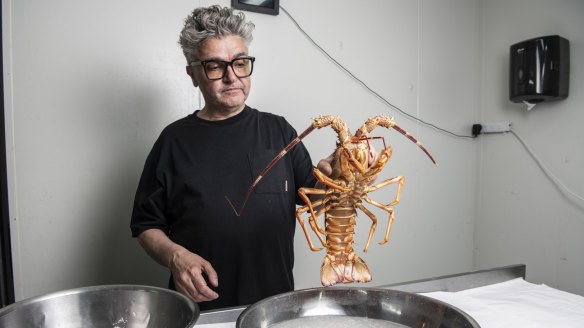
'Tis the season for seafood, but a growing body of shellfish research means the sound of jingle bells is no longer accompanied by the rattling of live lobsters in pots of boiling water.
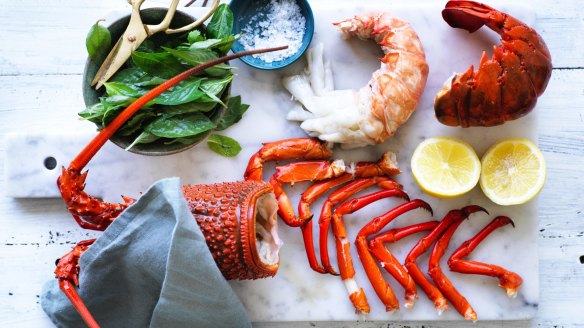
Our understanding of what it means to humanely kill a lobster has significantly changed over the past 30 years, informing continual adjustments of industry standards and affording crustaceans legal protection in NSW.
"Lobsters are sentient and capable of feeling pain," says RSPCA Australia's senior scientific officer Melina Tensen.
"Research has shown that if a lobster has been hurt in some way it triggers a stress response and a change in behaviour that persists long after the painful event has taken place."
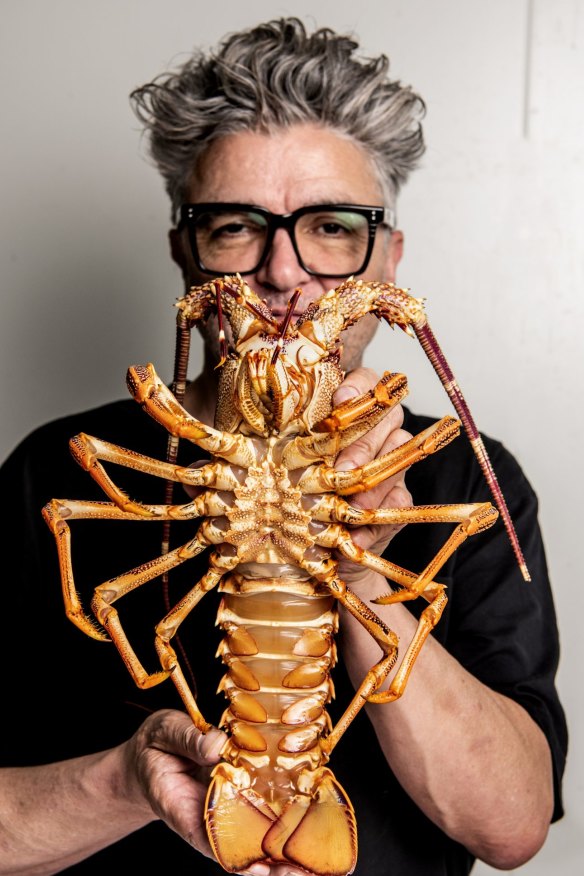
"If an animal feels pain, you can't just chuck it into a pot of boiling water."
Boiling, microwaving, thrashing, drowning and dismembering live crustaceans has been illegal in NSW since 1997. Under the law, chefs and retailers must protect crustaceans from unnecessary pain and suffering by humanely rendering them unconscious before they are processed and cooked.
When stress causes the lobster's cortisol levels to spike it can result in poorer quality meat, says Adam Hall, head chef of Pyrmont seafood restaurant Flying Fish.
"If you try to kill them straight away, when they're still alive and quite feisty, the meat is really tough because all the stress and fear and pain gets transferred into the muscle and it seizes up," he says.
Within the bounds of the law, there are two factors to consider when deciding the most humane method: The degree and length of pain it is likely to endure.
It's a complex and uncomfortable dilemma for the home cook to grapple with, says Doctor John Hadley, an ethics professor at Western Sydney University.
"Humane can mean different things. One way of looking at it would be a pain-free death, but sometimes it just means a death that involves less pain than the alternative," he says.
"If people take food seriously, this is one of those issues which is going to challenge them."
From an animal welfare perspective, Tensen says electrical stunning followed by a swift and precise chop through the lobster's 13 nerve centres (spanning the central length of its body, from the tail to between the eyes) is the way to go.
The electrical shock stops all neural activity within half a second.
But you probably won't find anyone doing that in Australia. It requires the 'Crustastun', a £3000 (around $5400) kitchen tool from the UK that sandwiches the crustacean between two wet sponges to deliver the lethal blow.
Mitchell & Cooper, the company behind Crusastun, claimed its use enhanced the flavour and succulence of lobster meat by reducing stress levels.
Research released in March suggested otherwise. When comparing the chilled method to the stunning method, the latter was found to decrease freshness and trigger melanosis (a food-safe, if upsetting, blackening of the lobster tail).
"The company … is no longer in business and the device is discontinued," says Sydney Fish Market technical manager Erik Poole.
Next best practice is to stun the lobster with ice-cold water. Crustaceans should be submerged in an ice slurry (saline for marine species, clean for freshwater) for at least 20 minutes, until limp and unreactive.
Chef and Sydney Fish Market culinary ambassador Sean Connolly describes it as "sending them off to dreamtime".
Industry standards allow for immediate cooking following signs of insensibility, but Tensen says "chilling alone isn't going to ensure the animal is actually incapable of feeling pain".
"You still have to go through the process of destroying those nerve centres before putting it into boiling water," she says.
Flying Fish head chef Adam Hall says "putting them to sleep before handling them" is as important for the chef's safety as it is for the lobster's welfare.
"It's quite horrific to watch someone dispatch live seafood and I've seen it go wrong quite quickly," he says.
Tenson says, even though the ice slurry method is the "most realistic" option, "the research is still unclear as to whether chilling is humane".
"It takes a long time before the lobster is chilled enough to stop moving and that chilling process could be painful," she says.
Connolly says for most consumers, they're better off buying pre-cooked or pre-butchered.
"There's nothing better than getting a locally caught lobster, cooked in seawater on the beach and shipped down to Sydney," he says.
STEP-BY-STEP GUIDE
- Choose a lobster that is "lively", with its legs and antennae attached. Ensure the shell isn't shrinking to expose the flesh between the head and the tail.
- Transport the lobster in a chilled Esky, every hour off the chill takes a day off the lobster's shelf life.
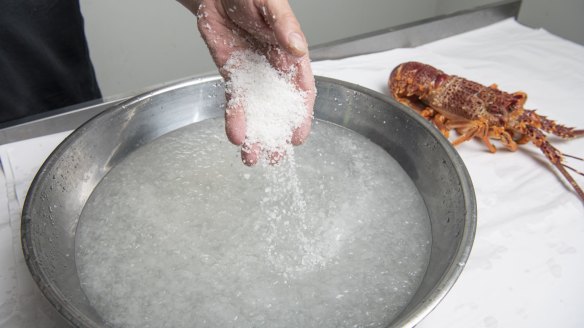
3. At home, place the lobster in an ice slurry "with the consistency of wet concrete", containing three parts ice to one part seawater. This can be made by dissolving 35g of salt in a litre of freshwater.
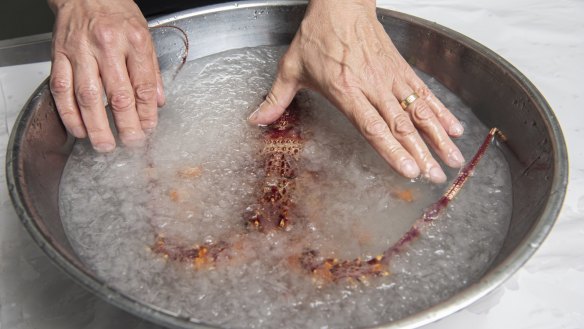
4. After 20 minutes, check for signs of insensibility. The lobster should not have any physical reaction to being touched or manipulated. Once insensible, the lobster can remain in the ice slurry for up to 18 hours without loss of eating quality.
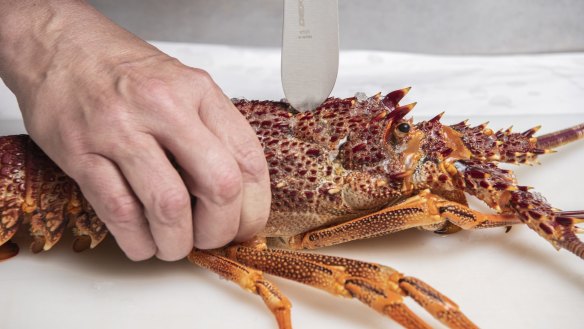
5. Using a tea towel to hold the lobster, place it on a non-slip cutting board. Using a sharp, long knife split the first chain of nerve centres on the top of its head, between the eyes. This may require use of a mallet to drive in the knife. Flip the animal to expose its underside then cut along the central length, following the nerve centres from head to tail. This should take no longer than 10 seconds.
6. Immediately proceed to cooking, either by poaching or over a hot grill.
Restaurant reviews, news and the hottest openings served to your inbox.
Sign up- More:
- Restaurant news
